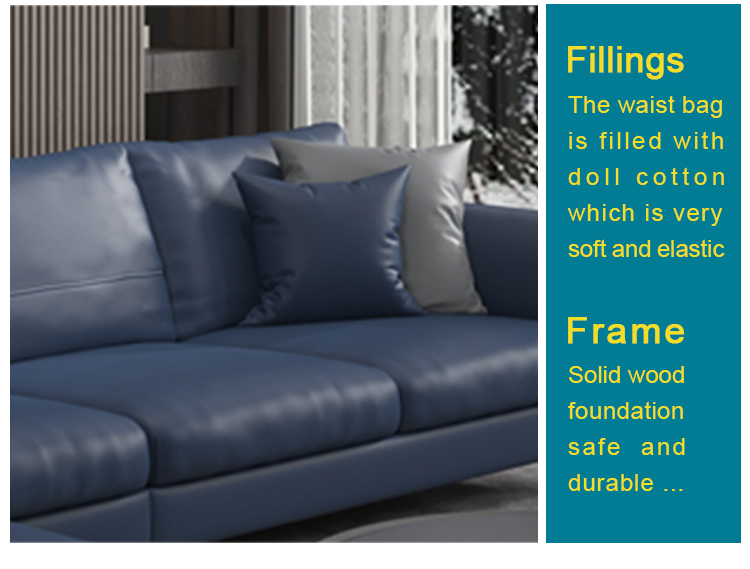Title: The Art of Cleaning Leather Sofas: A Comprehensive Guide
The art of cleaning leather sofas is a skill that requires patience, knowledge, and the right tools. Leather is a natural material that requires special care to maintain its appearance and durability. The first step in cleaning a leather sofa is to determine the type of leather and the manufacturer's recommendations for cleaning.There are several methods for cleaning leather sofas, including dry cleaning, wet cleaning, and spot cleaning. Dry cleaning involves using a specialized cleaner that doesn't leave any water residue. Wet cleaning involves using a mild soap solution and a soft cloth to wipe away dirt and stains. Spot cleaning is used for smaller areas or specific stains.When cleaning a leather sofa, it's important to avoid using abrasive cleaners or harsh chemicals that can damage the leather. Instead, use a mild cleaner that's specifically designed for leather furniture. It's also important to test any new cleaner on an inconspicuous area of the sofa first to ensure it won't cause any discoloration or damage.Overall, maintaining the cleanliness of your leather sofa is crucial for its longevity and appearance. By following the proper cleaning techniques and using the appropriate products, you can keep your leather sofa looking like new for years to come.
Introduction
Leather sofas are not only stylish but also durable and comfortable, making them a popular choice for many homeowners. However, with their exposed nature, they require special care, including regular cleaning to maintain their beauty and longevity. This article provides an in-depth guide on how to clean leather sofas properly, including the tools and techniques you need to ensure your sofa looks its best.

Part 1: Preparation
Before starting any cleaning project, it's essential to prepare your workspace. Remove any loose debris or hair from the sofa using a brush or vacuum cleaner. This step is crucial as it helps prevent dirt and debris from being transferred to the upholstery during the cleaning process. Next, protect any areas that you don't want to get wet or stained by covering them with a damp cloth or plastic sheet.
Part 2: Choose the Right Cleaner
When it comes to cleaning leather sofas, it's crucial to use the right type of cleaner. Harsh chemicals can damage or discolor leather, so it's important to choose a mild, non-abrasive cleaner specifically designed for leather. Some popular options include saddle soap, vinegar, and baby wipes. Saddle soap is a classic choice because it effectively removes dirt and stains without leaving behind any residue. Vinegar is another versatile option that can be used as a stain remover when combined with water. Baby wipes are ideal for quick spot cleanups and can be used to wipe away any spills or stains.
Part 3: Clean the Sofa
There are several ways to clean a leather sofa depending on the level of dirt and staining. For light soiling, simply use a damp cloth or sponge to wipe the surface clean. For more stubborn stains, you can try applying the cleaner directly to the affected area using a clean cloth or cotton swab. Be sure to test any new cleaner on a small, inconspicuous area of the sofa first to avoid causing any discoloration or damage. After cleaning, dry the sofa thoroughly with a soft, dry cloth to prevent any moisture buildup that can lead to mold or mildew growth.
Part 4: Condition the Sofa
After cleaning your leather sofa, it's important to condition it to keep it soft and supple. Leather conditioner helps restore moisture and nutrients to the upholstery, preventing cracking, drying out, and premature aging. To apply conditioner, simply spray or rub it onto the entire surface of the sofa in a circular motion using a soft cloth. Allow the conditioner to penetrate the leather for at least 15 minutes before wiping off any excess with another clean cloth. Repeat this process once a week or as needed to maintain the softness and flexibility of your sofa.

Part 5: Deal with Stains
Stains are inevitable when it comes to leather sofas, but there are several steps you can take to minimize their impact. For oil-based stains, such as those from food or grease, immediately blot them with a clean cloth or paper towel to prevent them from setting in. Then, apply a small amount of dish soap or rubbing alcohol to the stain and gently scrub with a soft-bristled brush or toothbrush. Afterward, rinse with cold water and blot dry with a clean cloth. For ink or paint stains, you may need to use a specialized cleaning solution or take your sofa to a professional cleaner. Always test any cleaning solution on a small, inconspicuous area of the sofa first before applying it to the entire surface.
Part 6: Avoid Common Mistakes
When cleaning leather sofas, it's easy to make mistakes that can damage the upholstery or leave behind unpleasant odors or stains. One common mistake is using too much water when cleaning leather, which can cause swelling and warping over time. To avoid this, always use a damp cloth instead of soaking the fabric when cleaning. Another mistake is using abrasive cleaners that can scratch the surface of the leather. Stick to mild, non-abrasive cleaners specifically designed for leather whenever possible. Finally, never use hot water when cleaning leather as it can cause permanent damage and discoloration.
Conclusion
Cleaning leather sofas requires patience and proper technique
Articles related to the knowledge points of this article:
Is Latex Sofa Better Than Feather Sofa?
The Ultimate Guide to Large Fur-Collared Down Jackets
Title: Mastering the Art of Tie Knotting: A Comprehensive Guide to Tying a Perfect Bow
Feathered Warmth at a Fraction of the Cost: The Story of Down Jacket Promotions



